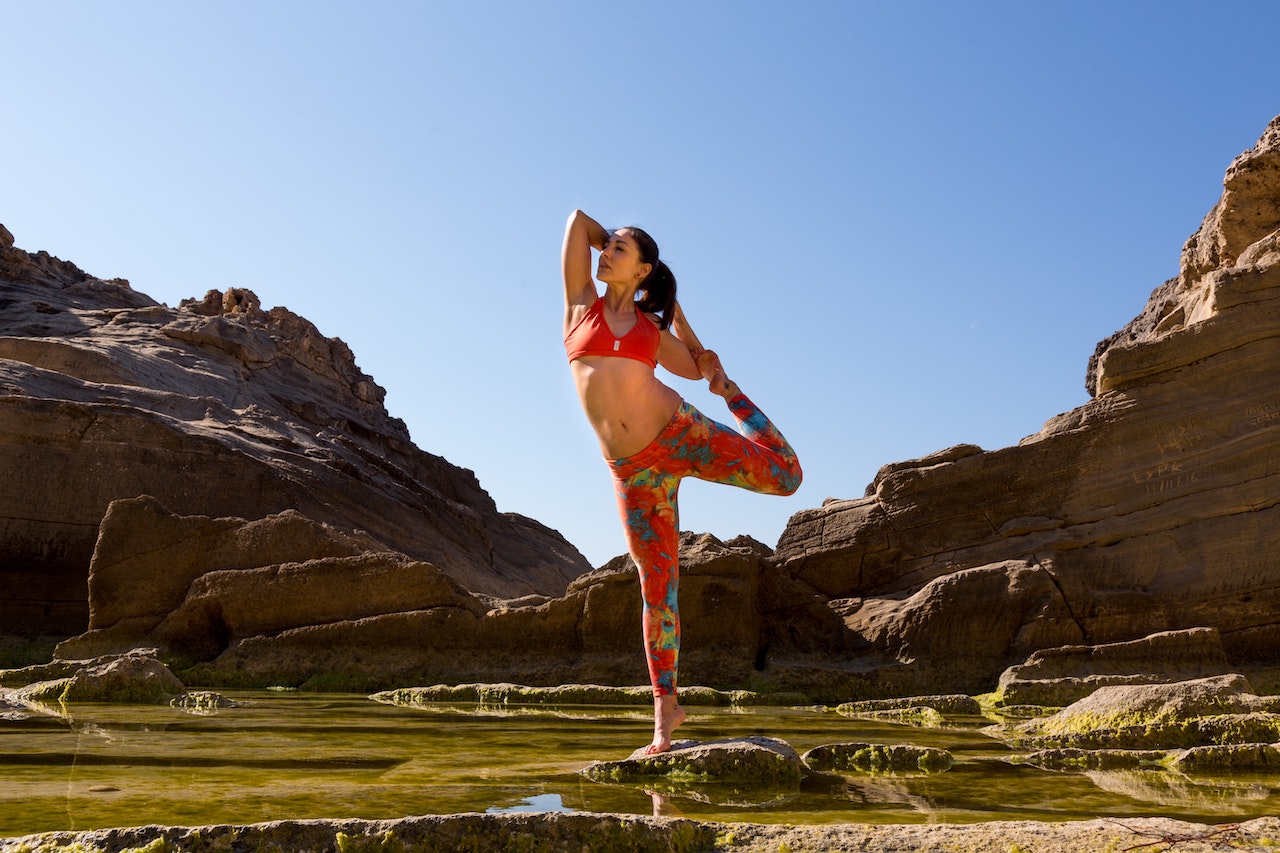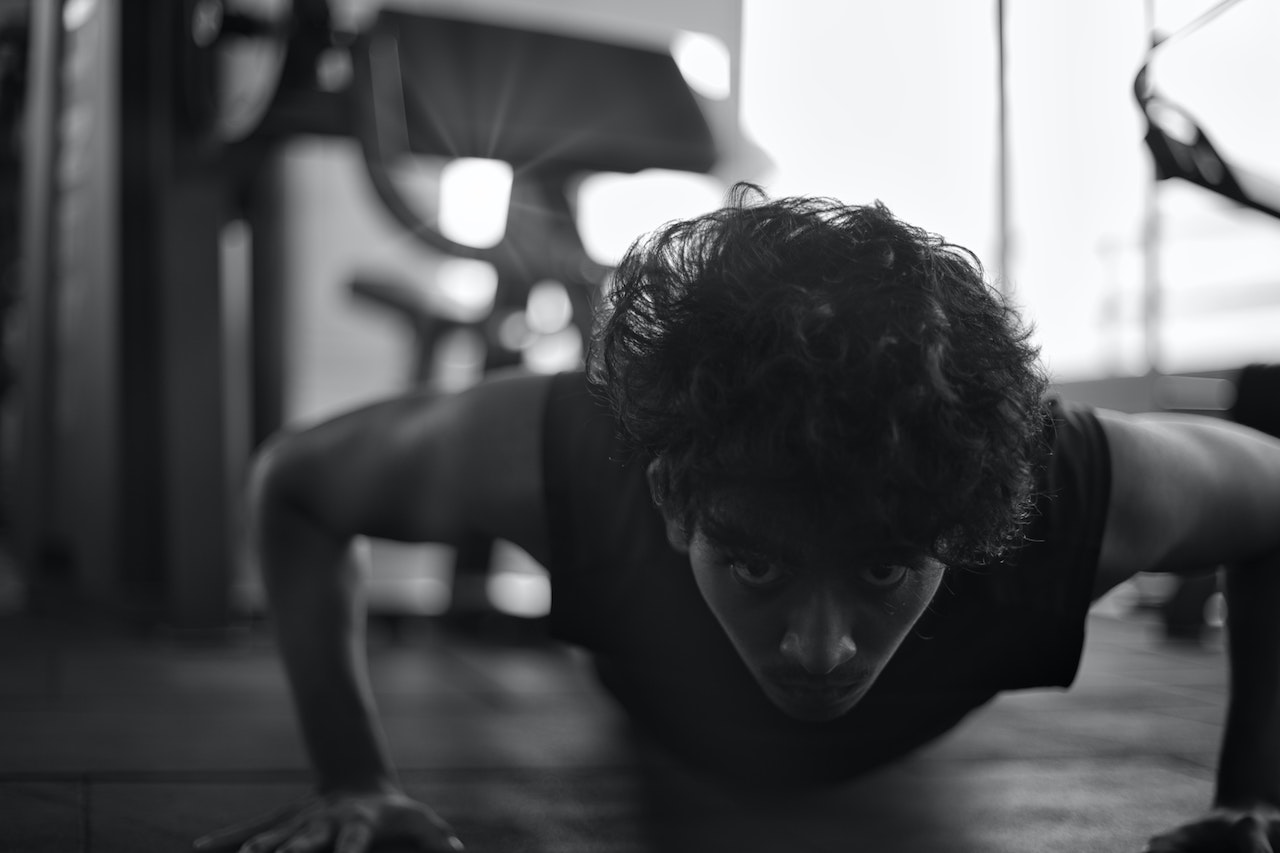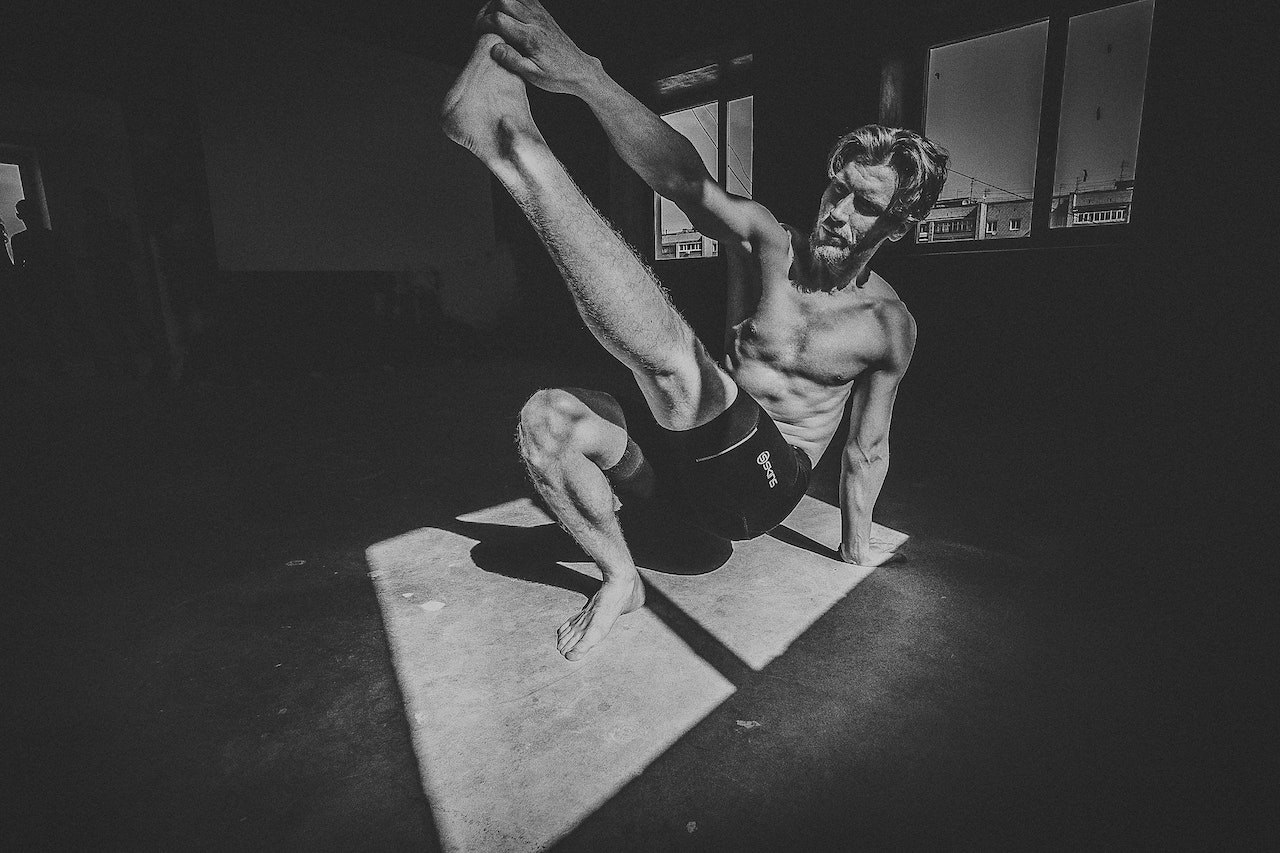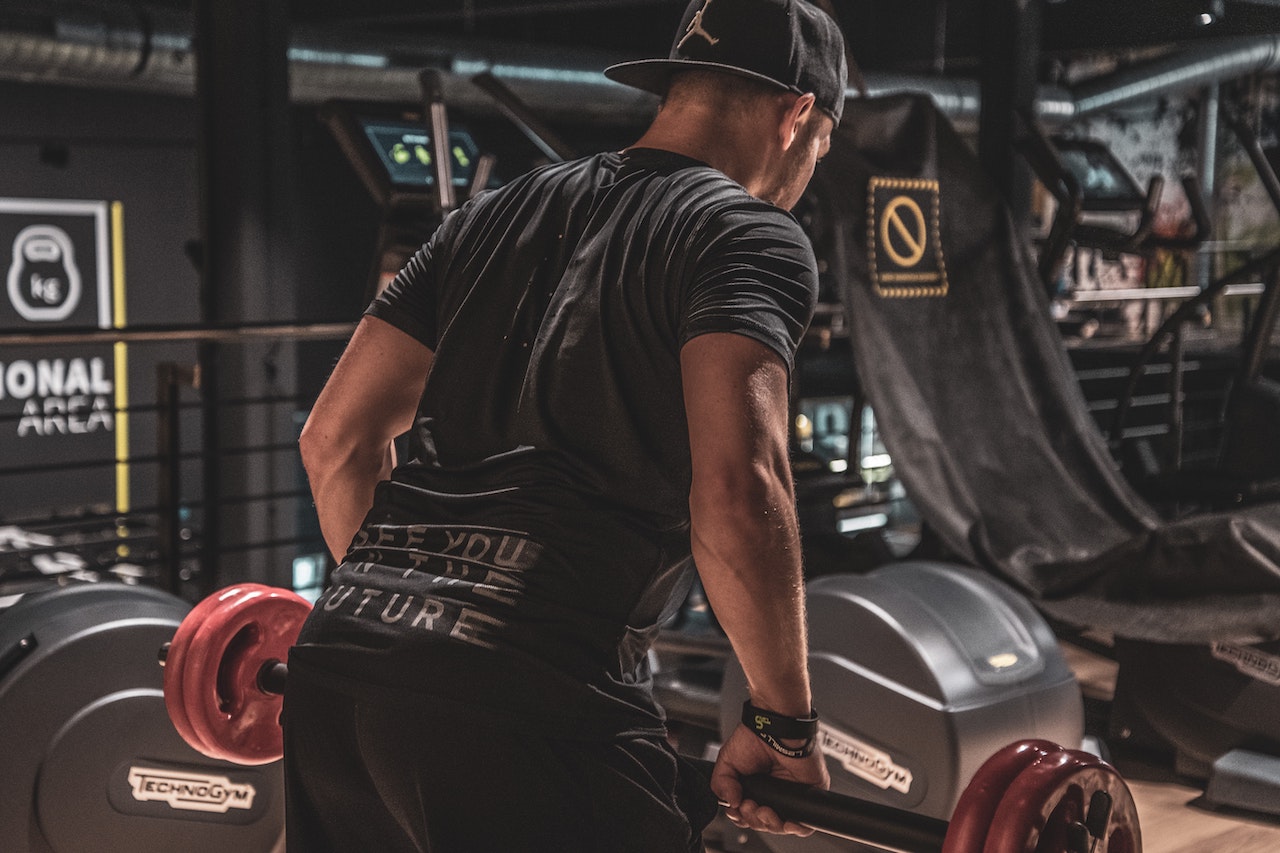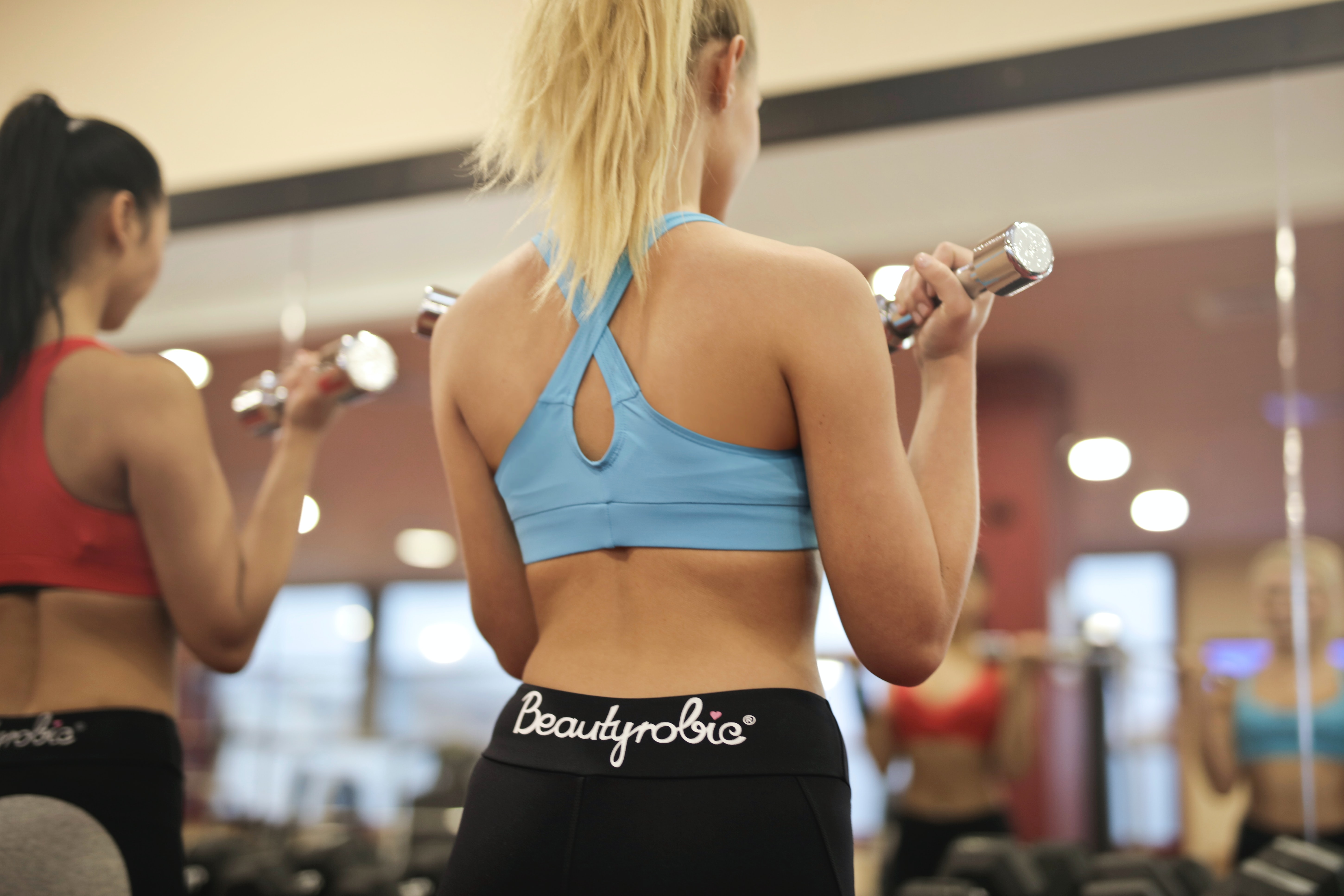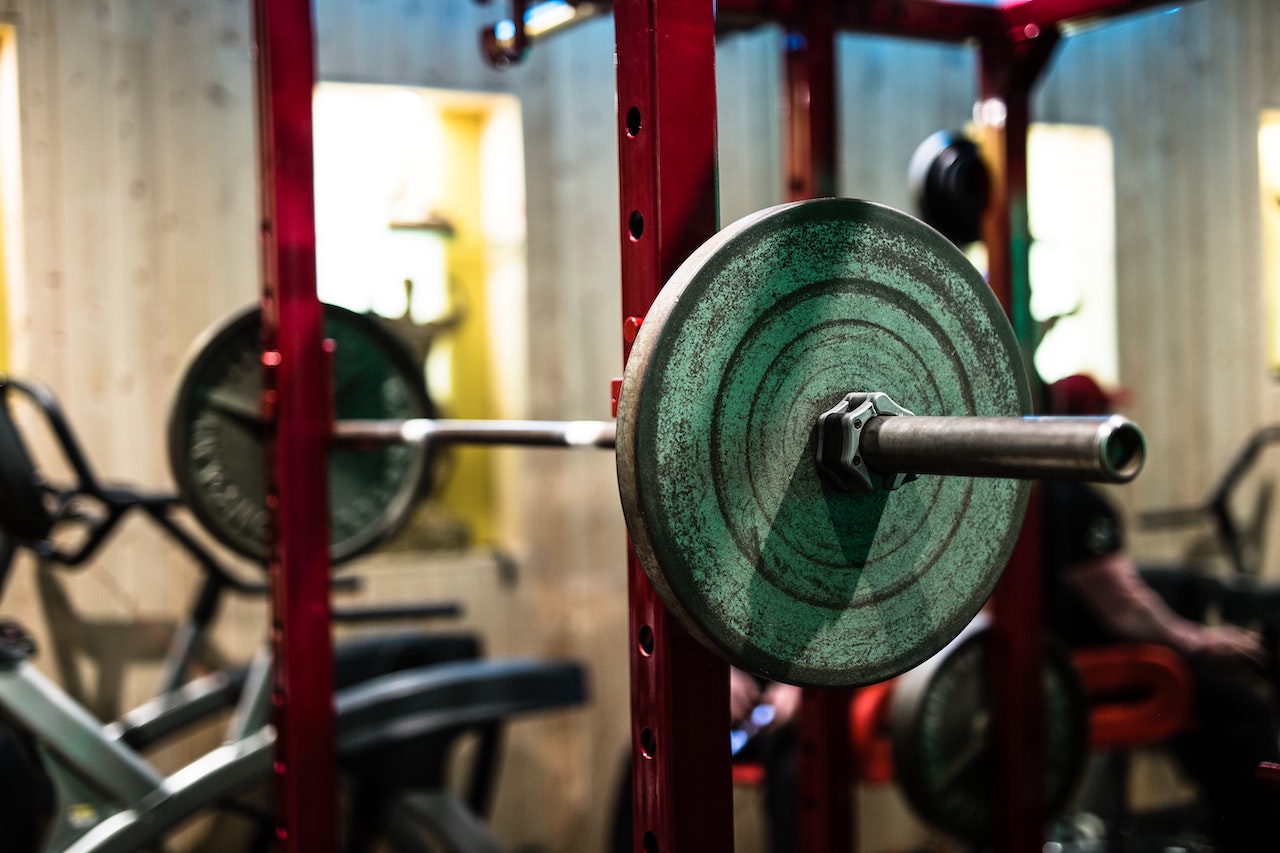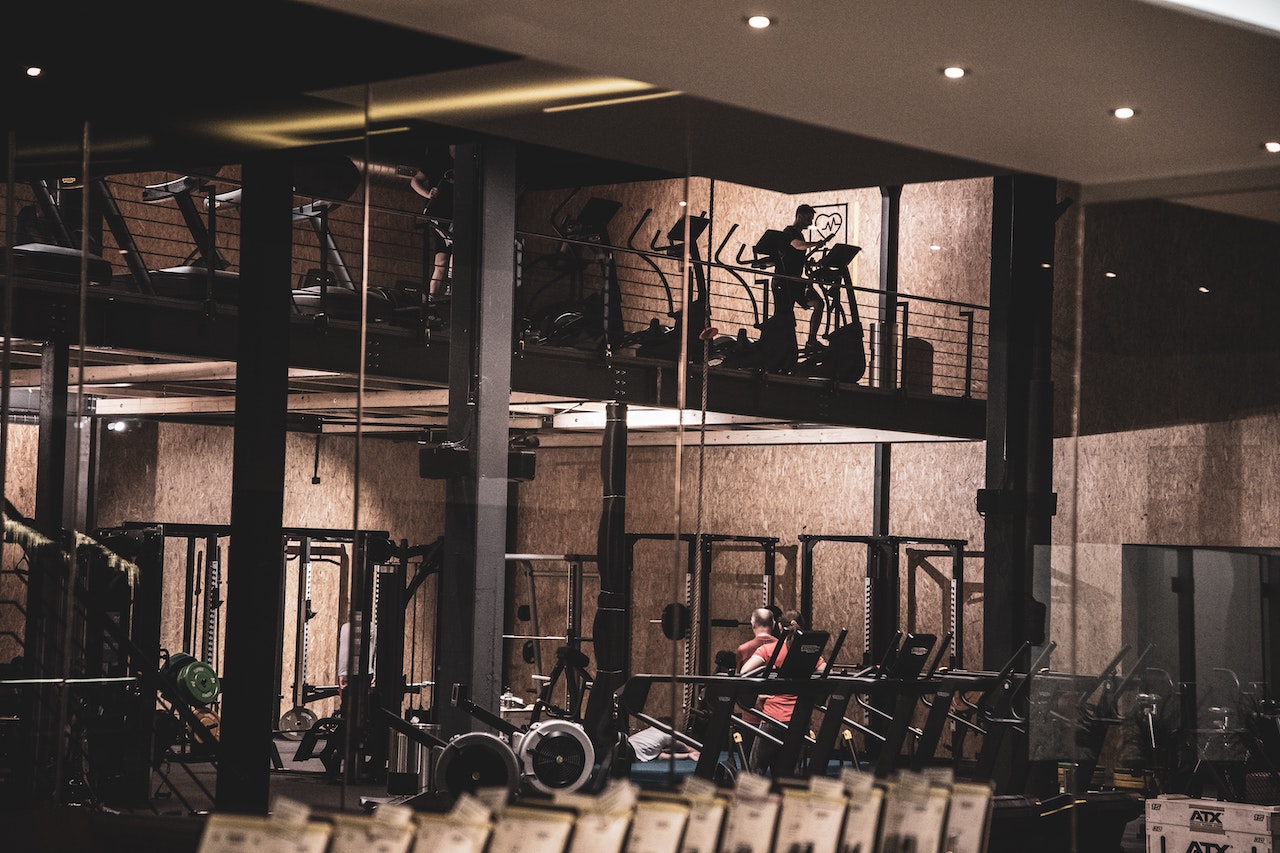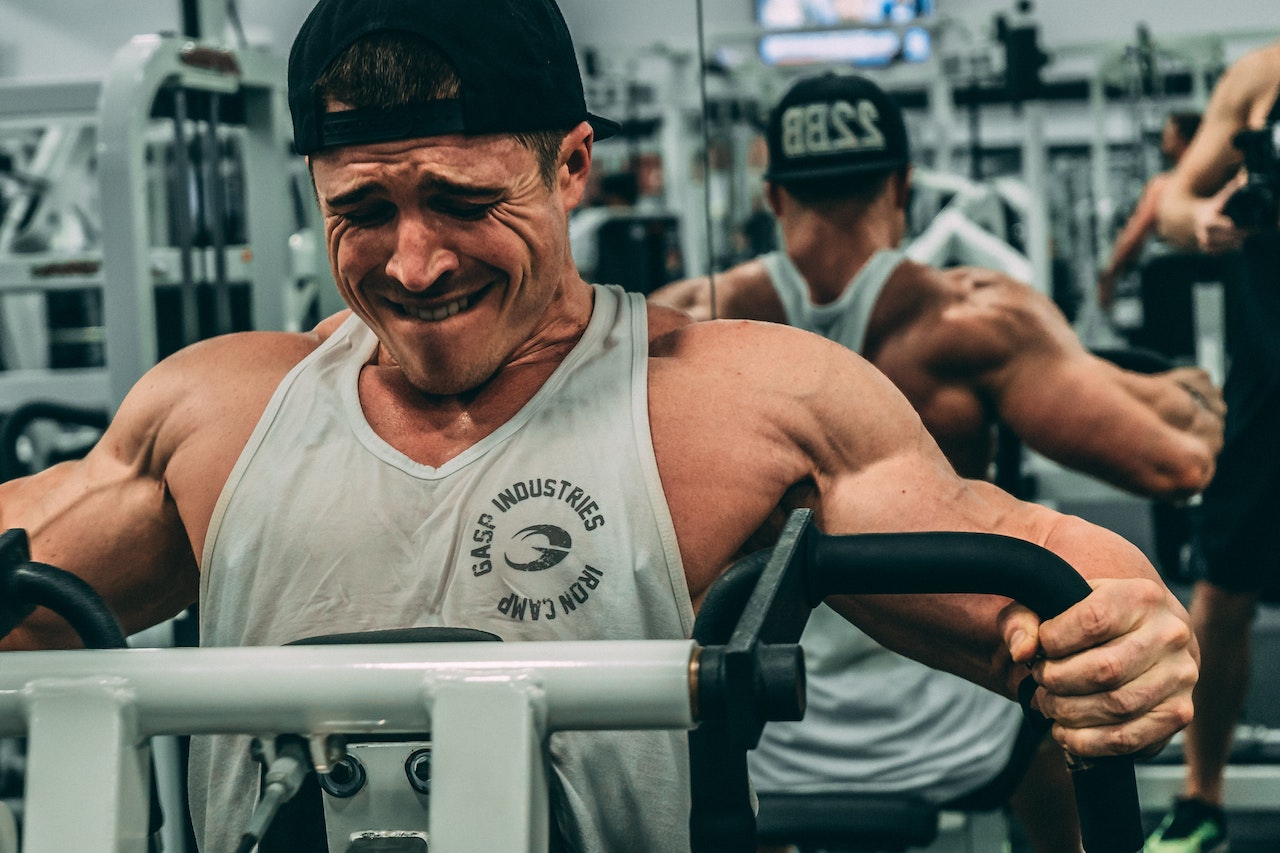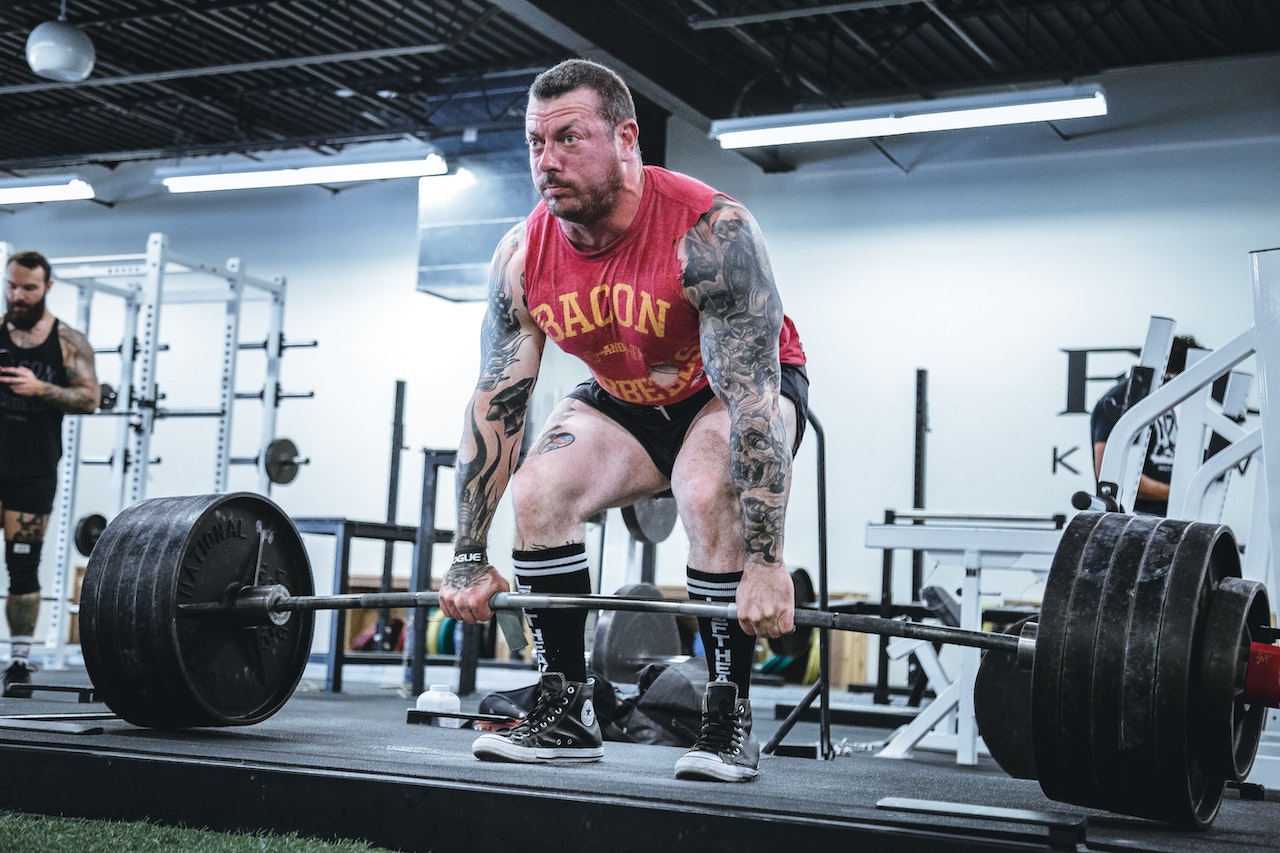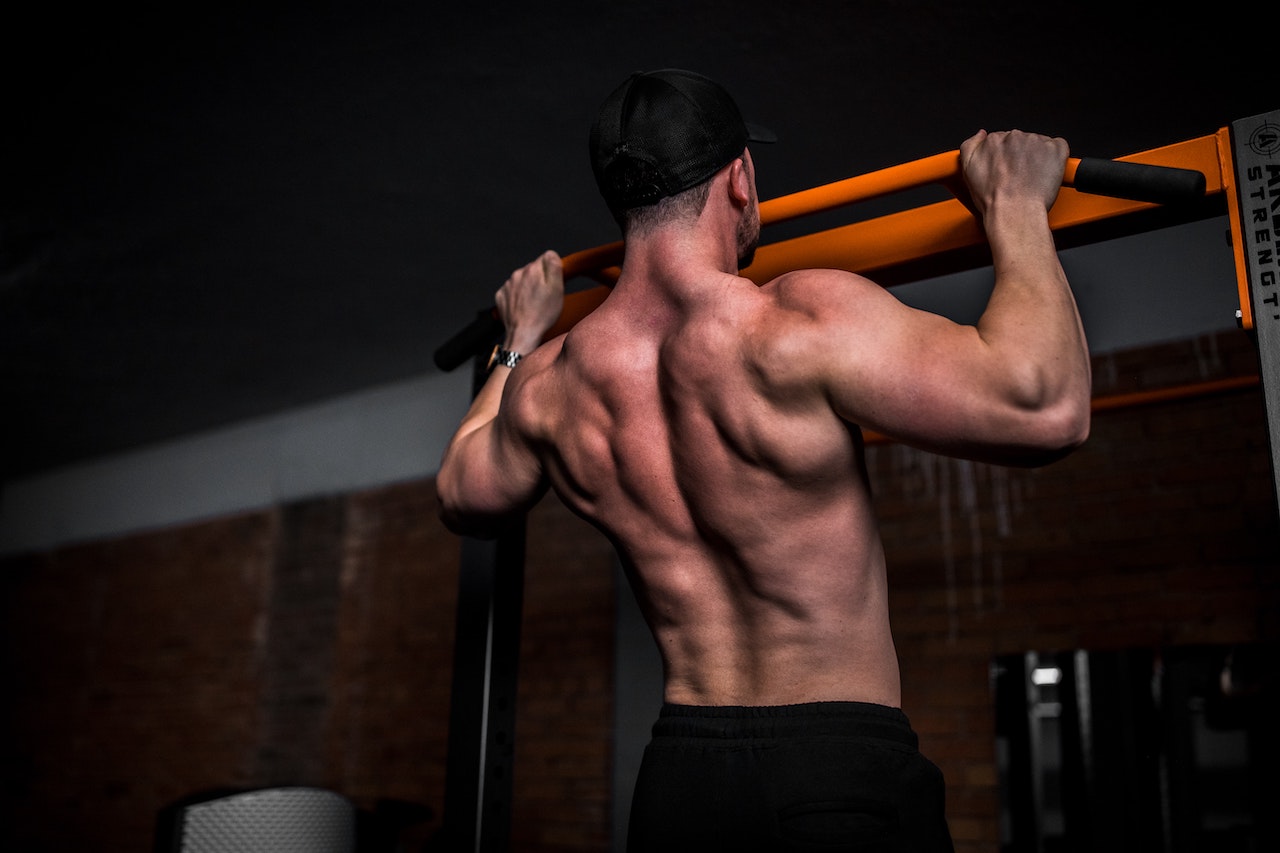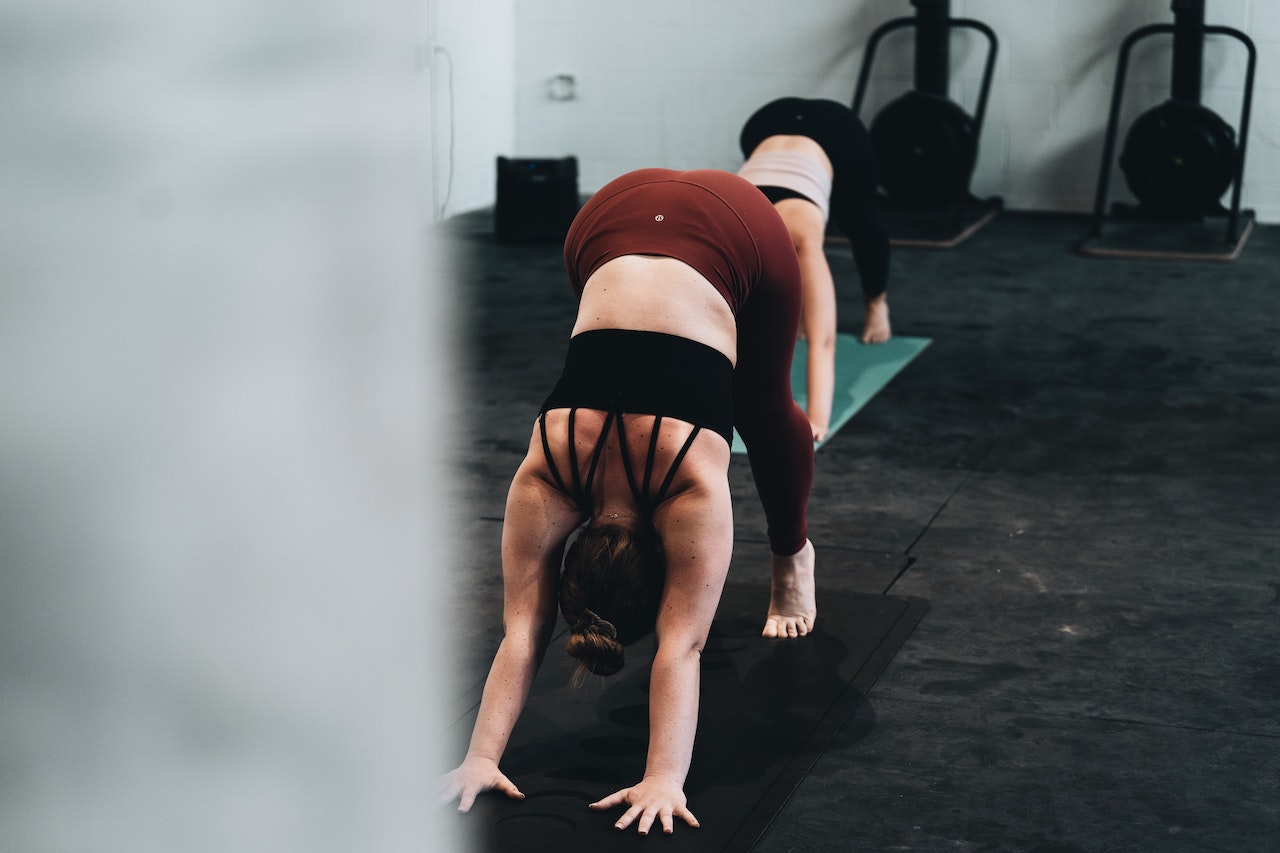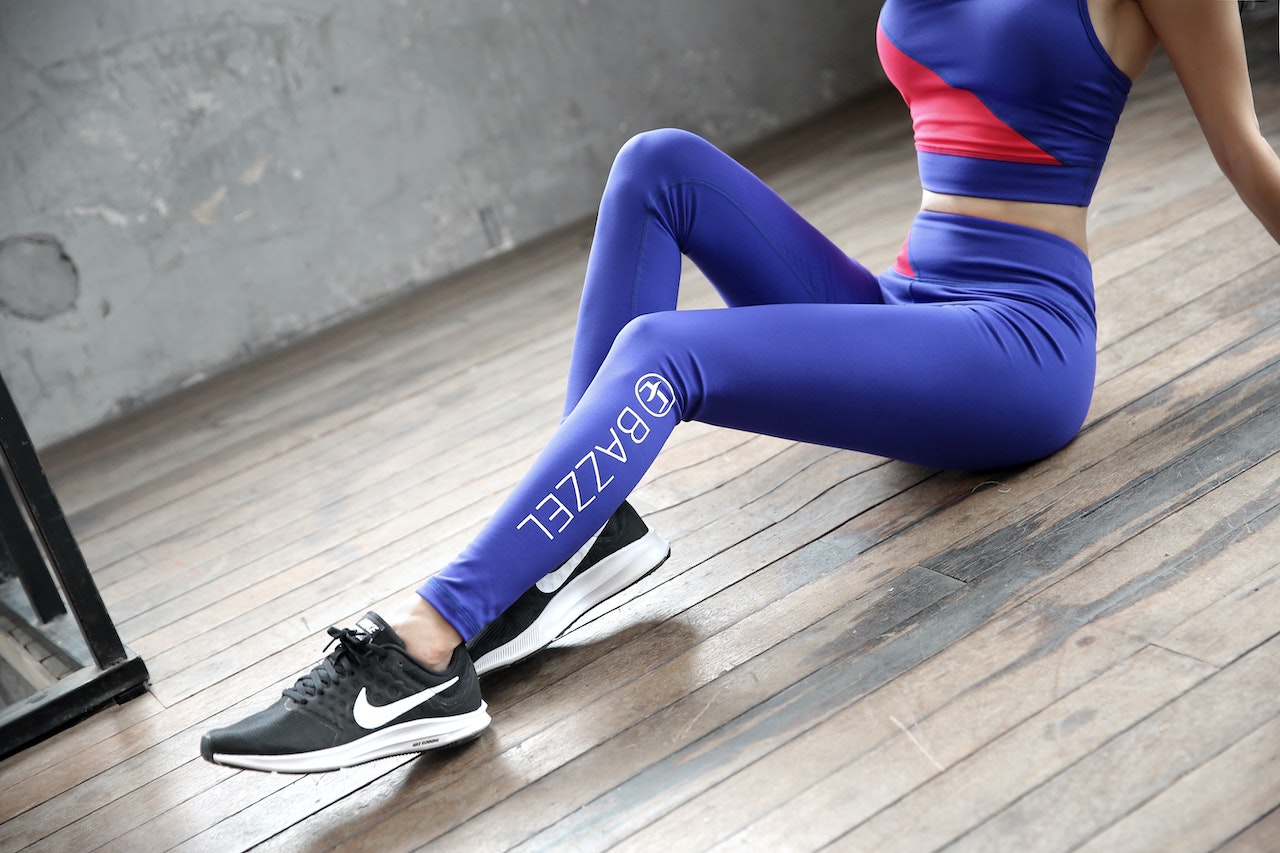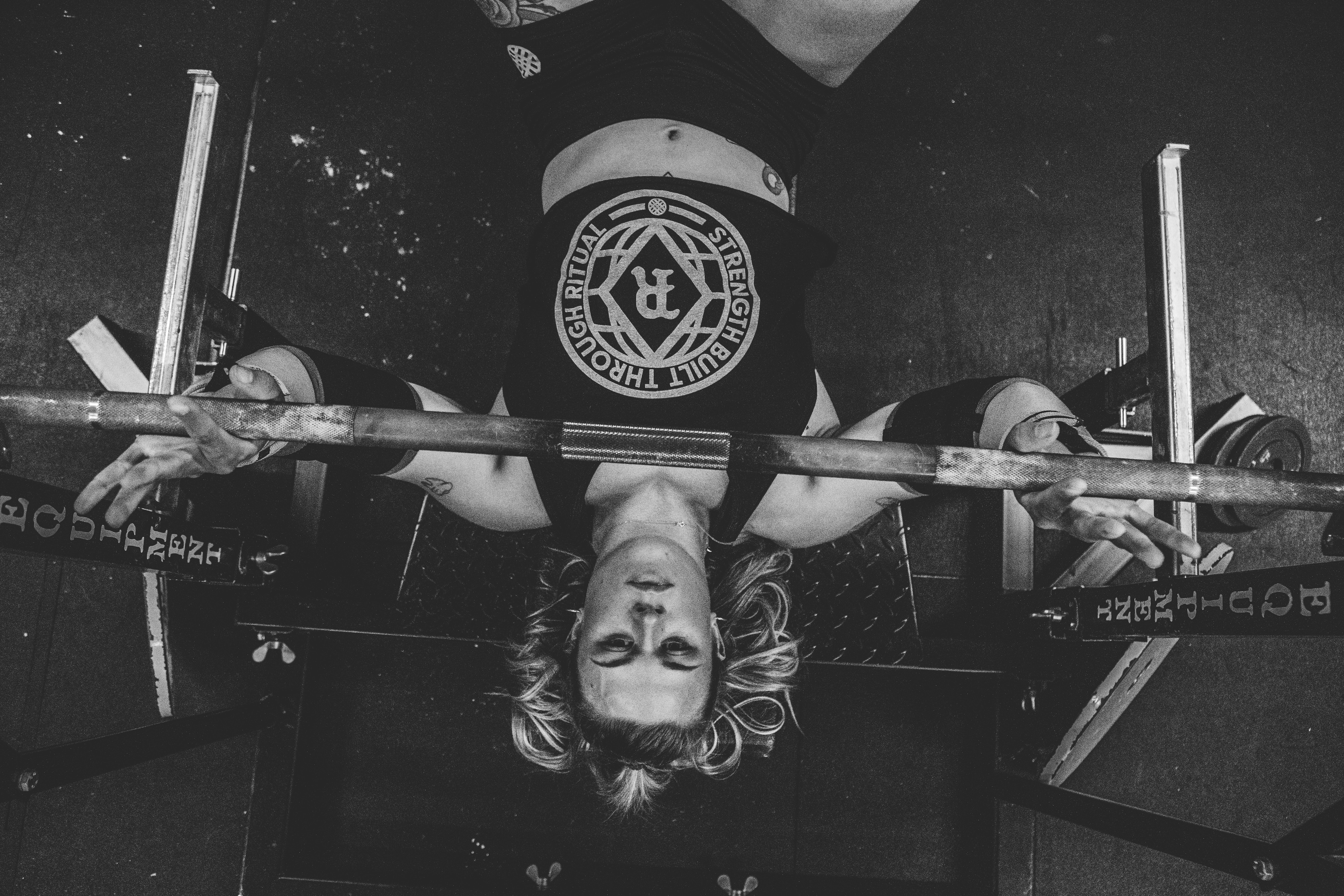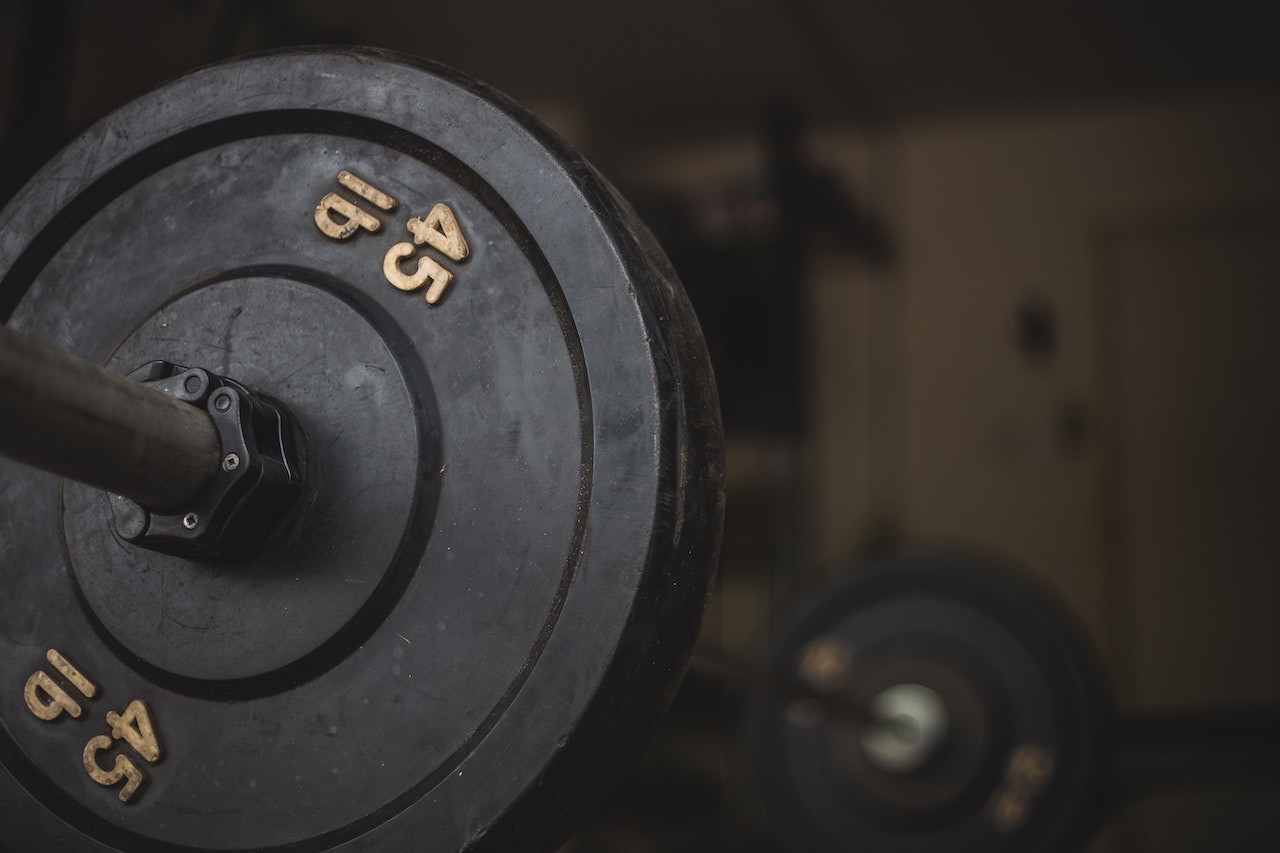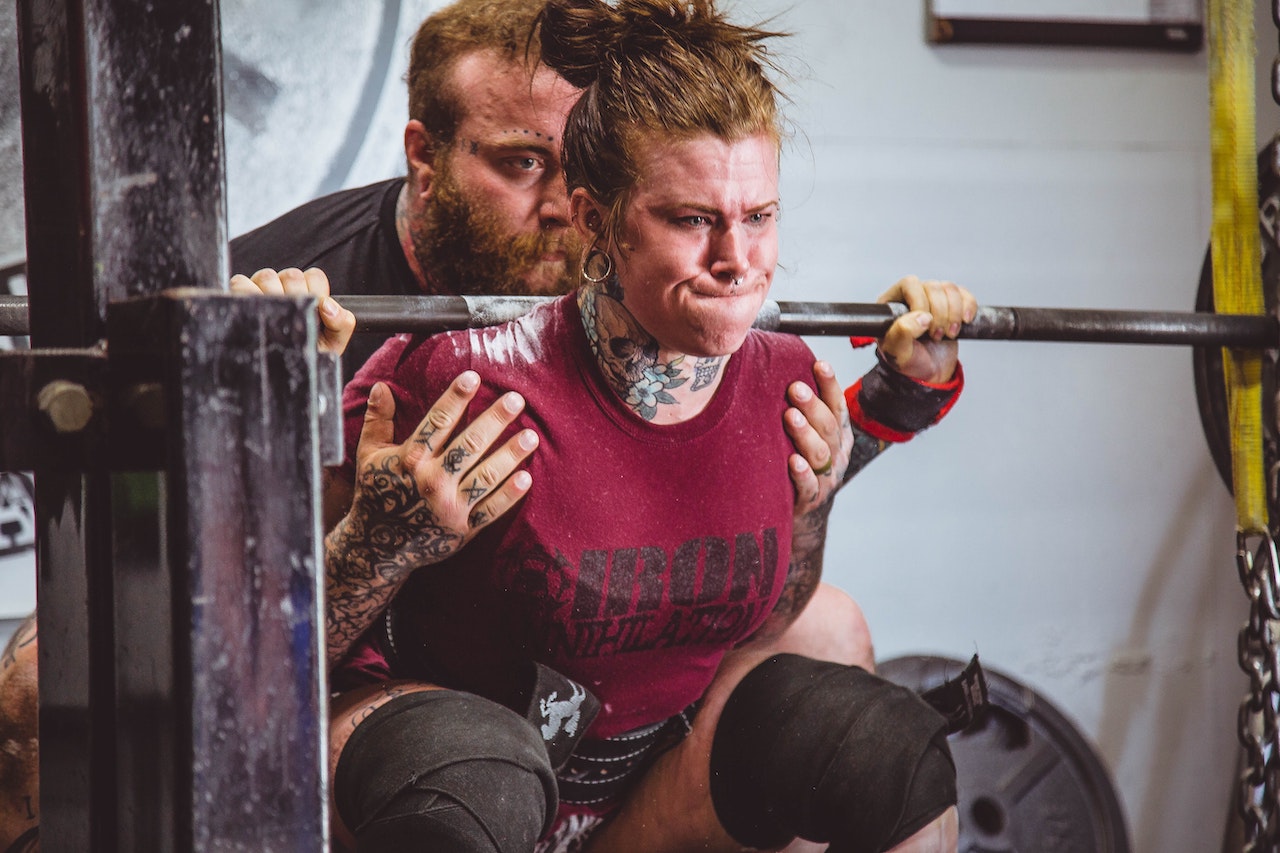Well-defined abs, legs and thick arms may be the hallmark of every bodybuilder, but should you ignore your health to lose fat? How much fat is the ideal amount to lose?

There has been a lot of debate about whether ultra-low body fat is healthy for bodybuilders, especially for women.
Our 'zero fat' title is a joke, it's impossible to achieve. Anyone with zero fat will die. In fact, the essential fat content of a woman's body is between 10% and 13%. Individual professional athletes may be closer to 7% in competition condition.

What does this mean? Women need more fat than men when it comes to basic physical and physiological health, and not all of it is bad fat! Women need a certain amount of fat to ovulate. This is why some women, because they are too thin, do not have a normal menstrual cycle.
So, how thin is too thin?
A research paper published in the american journal of clinical nutrition in 2000 concluded that for women between the ages of 20 and 40, less than 21% body fat is considered "Low fat" And between 21% and 33% body fat is considered healthy. In the same category of men, 8% were considered 'low fat', while the healthy range was between 8% and 19%.
Many bodybuilders often diet to stay even below this range, but it is important to know the difference between training for bodybuilding and training for health. Of course, body fat is only one measure of health. Those with six-pack abs who eat well are "Low-fat" Or "Unhealthy" Is a more in-depth analysis based on health.
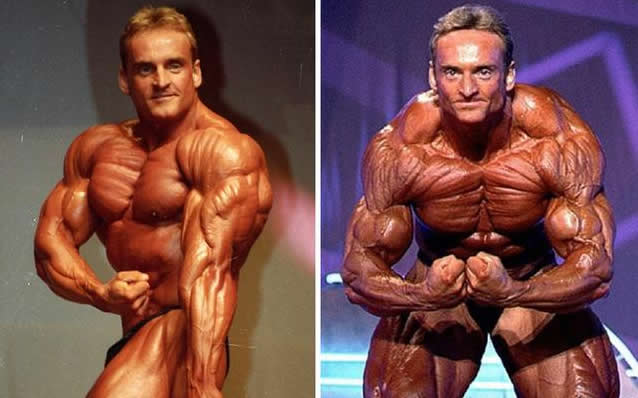
However, the same is true for men, andreas munzer is one of the world's best athletes. Munzer, one of the best bodybuilders in the world, claimed to have a sacred "Zero fat" Until his death in 1996, probably due to his excessive intake of diuretics.
The aesthetic ideal body fat is more subjective than the healthy ideal body fat. For very professional female bodybuilders, most comments are not complimentary. Many ordinary people find their bodies "Disgusting", "Ugly" And even question whether they are women.
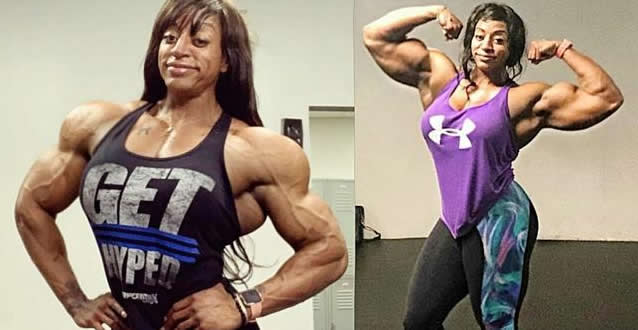
On the other hand, the relatively slim but feminine bodies of popular fitness models, like many of them, are beautiful both in the fitness world and in the eyes of us ordinary people. Many of these fitness models claim that her body fat percentage is 10% (although it feels like this estimate may be a bit low).

Whereas body fat percentage is now measured in several different ways, including using calipers and bioelectrical impedance scales, the margin of error can be as high as 5%. Hydration levels and food intake are sufficient to influence the test results.
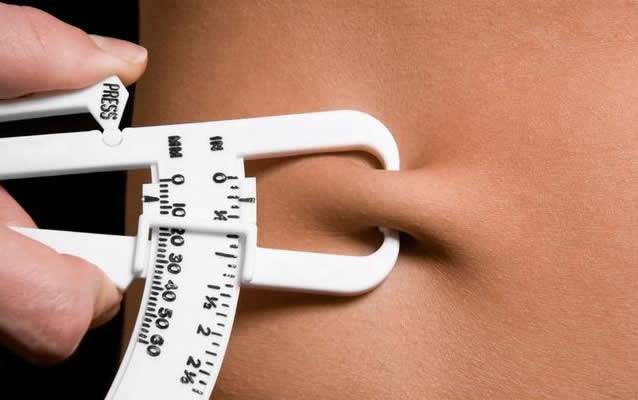
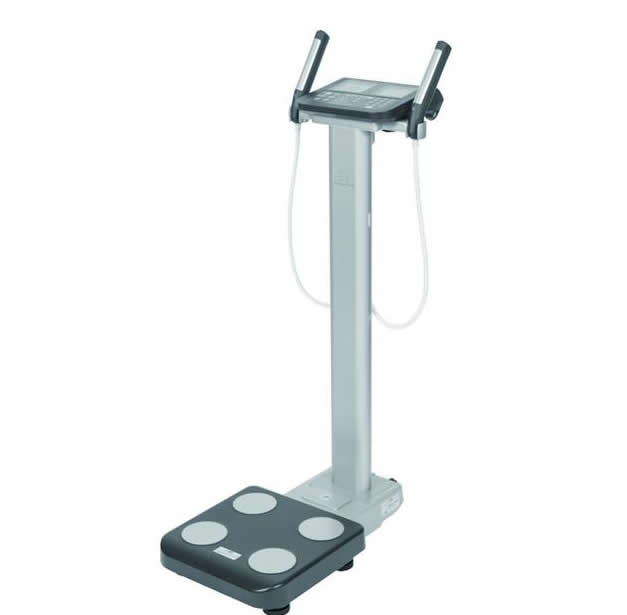
There are still many ordinary people who are in a state of 'thin and fat'. These people have a normal healthy bmi and do not look fat when they are dressed, or even thin to the average person. However, they have very little muscle mass and a lot of fat, i.e. A high percentage of fat, quite flabby, inflexible, easily fatigued and with poor physical performance.
These "Skinny fat" People, with a healthy body mass index, do not mean that they are healthier than an athlete. Dig deeper and you will find that the most dangerous type of fat (visceral) is found around organs and is not directly linked to diabetes and heart disease in relation to bmi. This type of fat can only be reduced through diet and exercise.

With these individuals, they have too little muscle mass, reflecting a basal metabolic rate that is quite low. Although they appear lean now, they tend to gain weight later on when their diet changes and calories increase. In addition, as they get older, their habits, family life and work change, the 'skinny fatties' become fatter and more flabby.
Therefore, although women may not like the extra fat on their hips and thighs, it is not as harmful to their health as visceral fat.
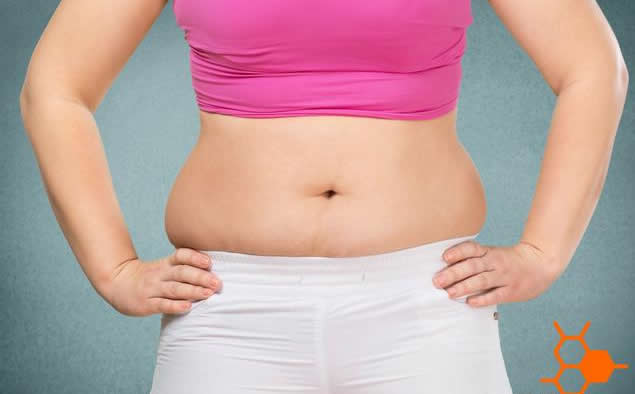
What does it all mean? Achieving a 'healthy' body fat range is worthwhile through sensible exercise and diet. You will experience better health, more energy and help fight more diseases including heart disease and diabetes.
And back to the question of "Lower body fat"? It's up to you to decide if your goals are worth having a six-pack. There is almost no positive relationship between "Lower body fat" And health! And for women, getting below 10% body fat is against the physiological norm.
For many, the problems this brings are working out when you are tired, ignoring your food cravings and relying on concentration and dedication (professional bodybuilding). Many women who end up at this 'lower body fat' level often feel that this lifestyle is not for them.
Many women who do this as a profession may train for 4 hours a day for a competition, consume only 1000 calories a day and achieve a 'bikini body'.

They will eventually realise that this was a mistake. This makes it easy to get angry, get mad at people and get your head in the clouds.
And most people should listen to their own judgement, because most of us don't aim for any competition, and extreme dieting and training to achieve extremely low body fat doesn't work for the average person.



